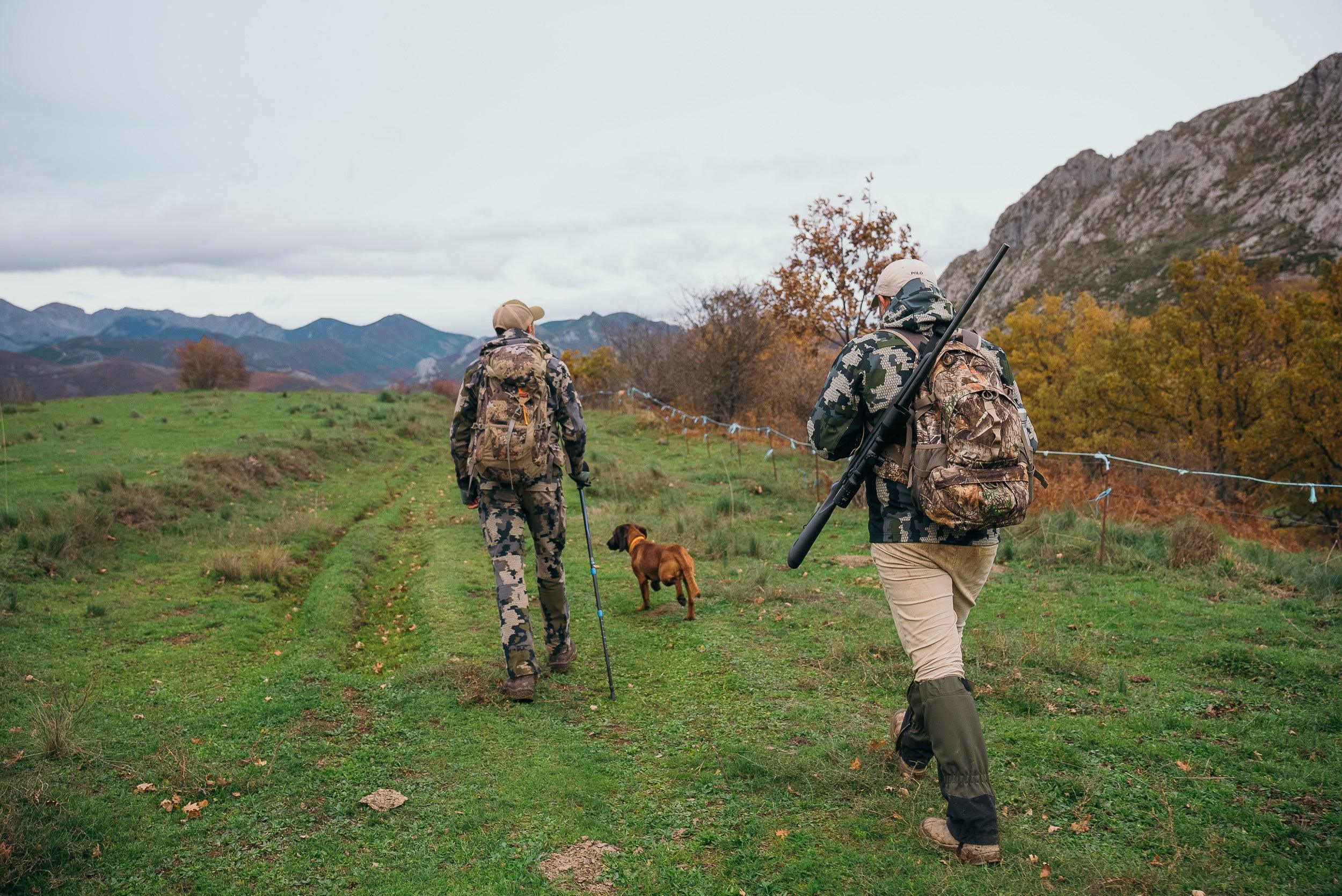Five hunting modalities that perhaps you did not know

In Spain there are numerous game species, both large and small game. All of them arouse great interest in those who practice it and each of them can be captured in one or several different modalities. These are variants that are years old and have become part of our history, culture and tradition. Many of them are used more frequently today, such as bow hunting and others have been prohibited in our country such as pareny . This type of small game was carried out in the north of the Valencian Community and the south of Catalonia. It consisted of pruning the branches of the trees and then placing some wooden sticks and esparto grass with adhesive substance, then the thrushes were trapped in them. Later the " paranyer " arrived to capture them, with the problem that not only the thrushes were stuck, but also any type of bird. It is because it is a massive and non-selective form of hunting that was prohibited in the European Union.

Next we will move away from the typical hunts , hunts, stalking and stalking to discover five hunting modalities that you may not have known about and that are currently practiced in Spain.
lanceus
This type of big game is quite out of use and is highly criticized by animal and environmental groups. Horses endowed with a great dressage similar to that used in the harassment and demolition of calves are used, as well as hunting dogs short in wild boars.
Firearms are not used, but poles of about three meters are used, ending in a spear and a crosshead. The race begins when the wild boar is spotted, which is harassed until it is wounded with the spear, later it is finished off.
This practice is originally from southern Spain and is called "vaqueo", currently practiced in Coto de Doñana and in some areas of Castilla la Mancha. In this photograph of the International Lancing Club we can get an idea of the modality.

Filats a coll
It is a type of small game focused on the capture of thrushes, traditional in the Balearic Islands. In it, two rods of about seven meters are used with a net between them, the thrush is placed in a bird passage and they are trapped in the mesh. It is a selective art, in which any bird caught that is not a thrush is released again. This type of hunting has been documented since the 16th century and has always been practiced by the most popular classes, although today its use is being encouraged in delimited farms as hunting lures.

dogs in den
It is a very useful type of hunting to control the populations of this vermin and it is a very selective hunting, the dog must not be introduced in any burrow. That is why several days have to be devoted to reconnoitring the terrain and observing the behavior of the fox. Breeds such as fox terriers or dachshunds are used, small dogs with great noses. If the fox escapes the dogs, you have to wait at the different mouths of the burrow to shoot the target. It is a modality used mainly in the spring months and is endowed with great importance for managing farms and preserves.

Round
This type of hunting is not only Spanish heritage, but is also practiced in countries like France, Portugal or Uruguay. It is a modality that can be done on foot or on horseback, but always in the light of the moon. It is a very demanding type of hunting for dogs, since they have to be good at gripping to keep the wild boar in place until the hunter arrives to finish it off, always with a bladed weapon. It can be carried out by a maximum number of three hunters assisted by a maximum of fifteen dogs.
This modality is originally from Extremadura, but has become normal throughout the south of the Peninsula.

scientific hunting
Scientific hunting is a modality that allows the capture of birds and mammals, as well as the investigation and observation of nests, chicks, burrows, colonies and hatcheries of hunting or protected species. This is done to carry out biological studies in relation to the species, collect samples, perform ringing for monitoring in migrations and numerous other studies.
Within the scope of the RFEC, the most investigated species through scientific hunting have been three migratory ones: common and woodcock quail and common turtle dove.

Author: María Balletbó